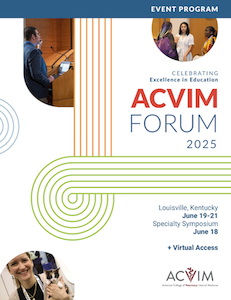Oncology
(O11) Hypoxia Enhances Vasculogenic Mimicry Formation in Canine Mammary Tumor Cell Lines
Thursday, June 19, 2025
9:30 AM - 9:45 AM ET
Location: Exhibit Hall Poster Park - Kiosk 2
- YJ
Yunho Jeong
DVM/ Phd student
Department of Veterinary Internal Medicine, College of Veterinary Medicine, Kangwon National University
Chuncheon-si, Kangwon-do, Republic of Korea
Research Abstract - ePoster Presenter(s)
Abstract: Background – Vasculogenic mimicry (VM) formation is closely associated with drug resistance, tumor invasion, and metastasis in human breast cancer. Hypoxia is recognized as a key driver of VM formation. Similarly, canine mammary gland tumors (CMGT), particularly aggressive phenotypes, exhibit VM characteristics. Objectives – This study aimed to compare genes and proteins associated with VM formation between two CMGT cell lines (CF41.Mg and CMT-U27) under hypoxic conditions induced by cobalt chloride (CoCl₂). Methods – Vasculogenic mimicry (VM) formation was assessed using a Matrigel-based 3D-culture system under normal and CoCl₂-induced hypoxic conditions. RNA sequencing was performed after tubule formation to identify genes associated with VM formation. Quantitative polymerase chain reaction (qPCR) and Western blot analyses were subsequently conducted to validate the findings. Results – Only the CF41.Mg cell line formed tubular structures, with hypoxia significantly enhancing the number of tubules (P< 0.05). Gene enrichment analysis revealed differences in gene ontology between the two CMGT cell lines, particularly in pathways related to angiogenesis, cell migration, and extracellular matrix remodeling. Selected genes and associated proteins identified through RNA sequencing exhibited significant upregulation or downregulation following CoCl₂ treatment (P< 0.05). Conclusions and Clinical Importance – CF41.Mg and CMT-U27 differed in their VM-forming ability, with hypoxia enhancing VM only in the CF41.Mg cell line. These findings suggest a strong link between hypoxia and VM formation in aggressive CMGT, providing insights into tumor progression and potential targets for future research.


